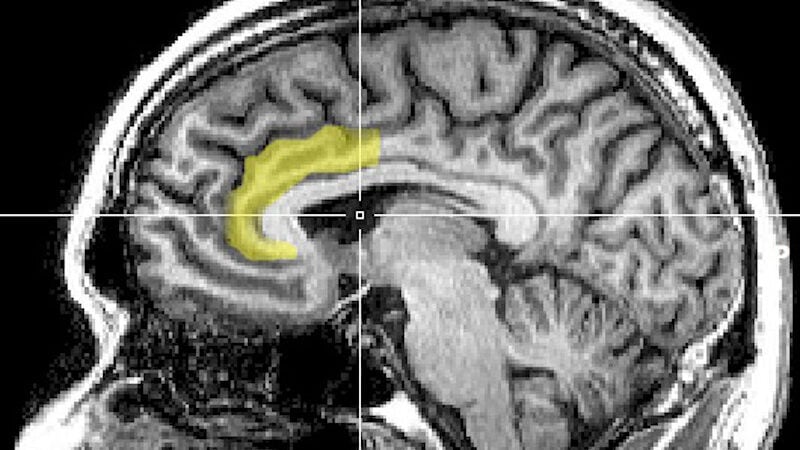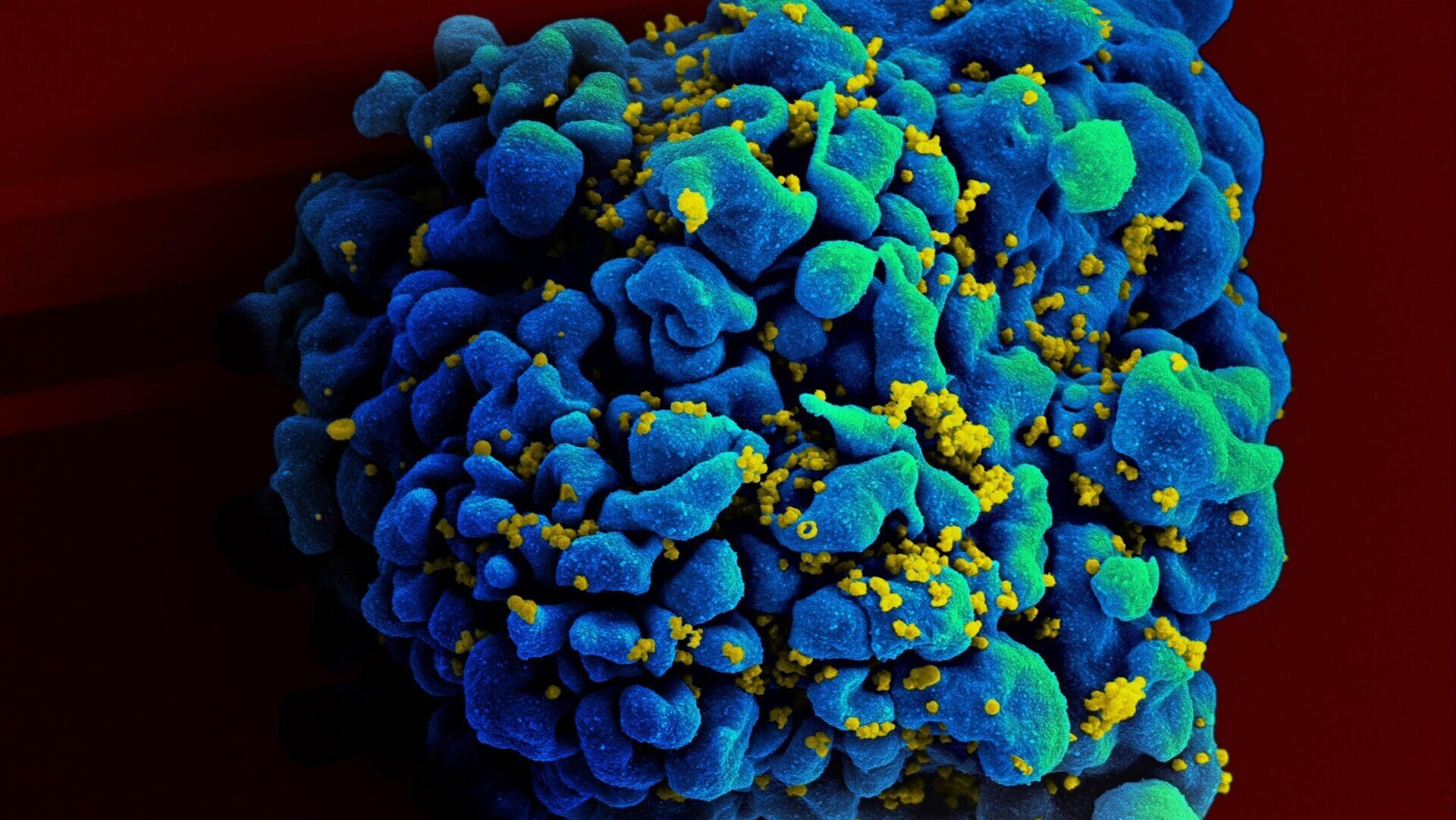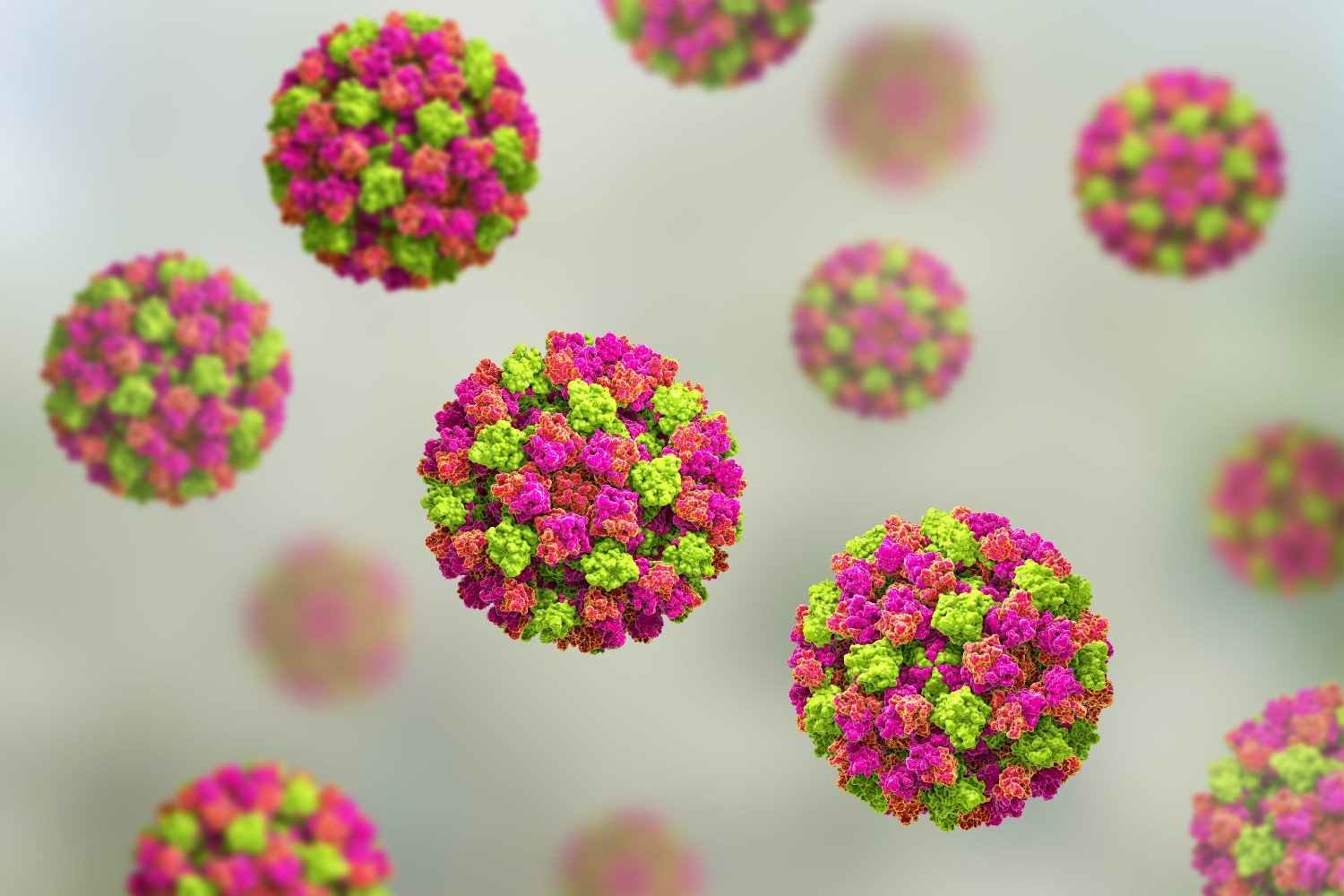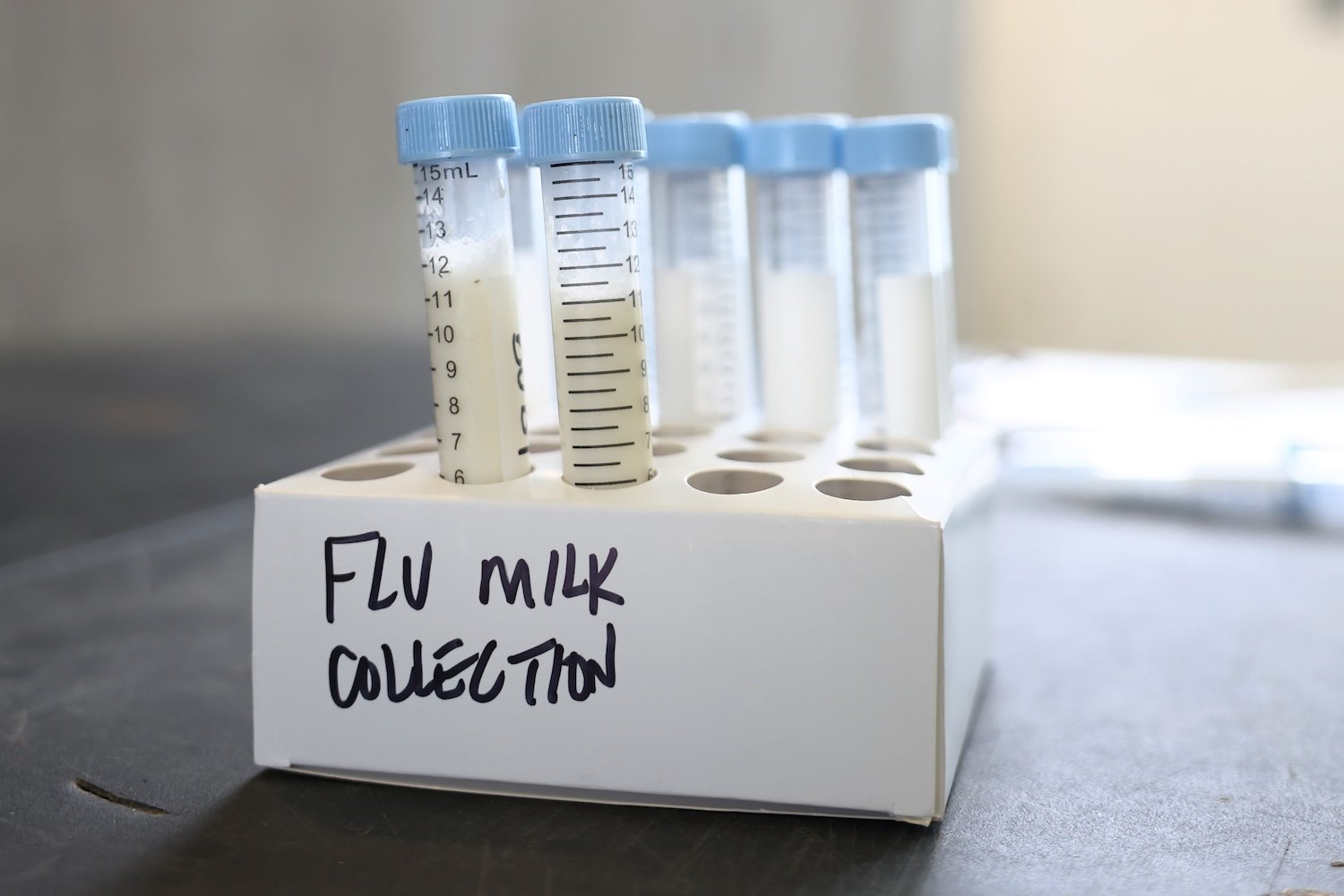The placebo effect, a well-documented phenomenon where a patient experiences improvement despite receiving a treatment with no medicinal value, has long puzzled scientists. While its existence has been recognized since the 18th century, the underlying mechanisms have remained elusive. Now, researchers at the University of North Carolina at Chapel Hill (UNCCH) have made a significant breakthrough, identifying a specific brain circuit in mice that appears to play a crucial role in placebo-induced pain relief.
This new research, published this week in Nature, sheds light on the intricate neural processes involved in the placebo effect. While previous studies have correlated placebo responses with activity in the anterior cingulate cortex, a brain region associated with pain processing, this explanation lacked specificity. The UNCCH team’s work offers a more precise understanding of how this complex interplay unfolds.
Their study involved a clever experiment designed to condition mice to anticipate pain relief. Two connected chambers housed the mice for a week. Initially, both chambers offered comfortably warm floors. Then, one chamber’s floor became painfully hot, while the other remained a safe haven. The mice quickly learned to escape the heat by retreating to the cooler chamber. On the final day, both chambers were made equally hot. Remarkably, the mice still sought refuge in the second chamber, displaying fewer pain-related behaviors like jumping and paw licking, despite the absence of actual temperature change. This suggested the mice were experiencing placebo-induced pain relief.
To delve deeper, the researchers employed a modified virus to monitor specific neurons in the rostral anterior cingulate cortex and its connections to three other brain areas. One of these areas, the pontine nucleus, is primarily known for its role in motor skill learning, and its involvement in pain processing was unexpected. As the mice scurried to the second chamber, the neural pathway connecting the rostral anterior cingulate cortex and the pontine nucleus became highly active.
Further reinforcing this finding, the team artificially activated this neural pathway in a separate group of mice undergoing sensitivity tests. These mice also exhibited reduced pain behaviors, solidifying the circuit’s role in placebo analgesia.
While acknowledging the complexity of pain, particularly in humans, the researchers believe this discovery holds immense potential. They envision that targeting this specific neural pathway could lead to the development of innovative drugs and behavioral therapies for pain management.
The study authors caution that pain in humans is multifaceted and the placebo effect may be more intricate than what is observed in mice. However, they remain optimistic that this research paves the way for new approaches to pain relief. This breakthrough offers a more targeted understanding of the placebo effect, potentially revolutionizing how we approach pain management in the future.











